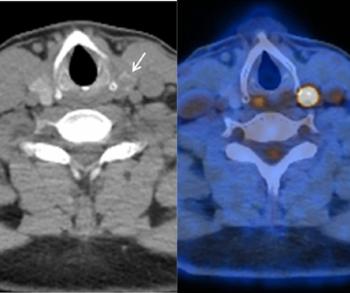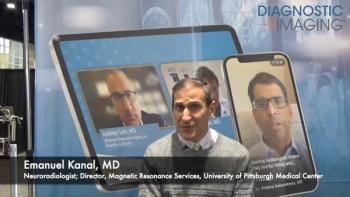
Whole-Body MRI Outperforms PET/CT in Multiple Myeloma Detection
Whole-body MRI was able to detect more lesions and identify more patients for earlier treatment.
Whole-body MRI does a better job of picking up multiple myeloma cases than does PET/CT, according to new study. This can lead to patients receiving critical treatments earlier.
In a study published this week in the
“Imaging impacts on clinical management, resulting in a significantly higher proportion of treated patients compared with clinical data alone,” said the team led by Vicky Goh, M.D., professor, chair of clinical cancer imaging, and head of the cancer imaging department at King’s College.
According to the National Cancer Institute, there were nearly 140,800 patients in the United States living with multiple myeloma, and an additional more than 32,000 were diagnosed in 2020. But, the industry still does not have clarity on the best imaging tests for accurate diagnosis.
Related Content:
Goh’s team set out to pinpoint which modality might be best, hypothesizing that whole-body MRI would do a better job based on its higher sensitivity. Based on their retrospective analysis, they determined F18-FDG PET/CT reached 69.6-percent sensitivity, and PET, by itself, had 54.3-percent sensitivity. But, whole-body MRI achieved 91.3 percent.
In addition, whole-body MRI picked up more focal bone lesions in 19 out of 46 patients – 41.3 percent – than F18-FDG PET/CT. It also led to more patients receiving treatment. While 32 patients would have been treated based on clinical data alone, adding PET/CT increased the number to 40. Whole-body MRI brought the number to 43 – a 7 percent increase.
Although these results do show performance differences, both modalities can still provide benefit in the clinical environment, the team said.
“In the diagnostic setting, it would appear that [whole-body MRI] and F18-FDG PET/CT provide complementary information, and prospective studies exploring the diagnostic performance of hybrid techniques, such as PET/MRI, are needed,” they concluded.
For more coverage based on industry expert insights and research, subscribe to the Diagnostic Imaging e-Newsletter
Newsletter
Stay at the forefront of radiology with the Diagnostic Imaging newsletter, delivering the latest news, clinical insights, and imaging advancements for today’s radiologists.




























